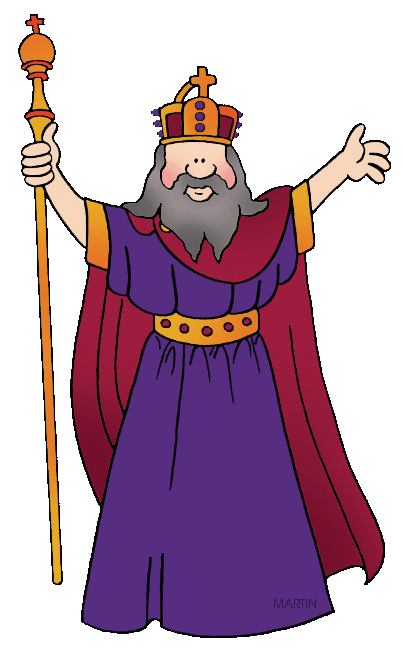There were no schools for the common people in the Middle Ages. Children of nobles might be taught by priests. If a parent knew how to read or write, they could teach their kids. There were a couple of churches who ran schools for nobles. But mostly, children learned from their parents. Boys of nobles parents learned to be warriors and how to run the farmlands. Girls of noble parents learned how to run the manor house or castle. Children of peasants and serfs learned how to farm.
One King did not like this. Charlemagne wanted to ensure if he sent one of his officials a note of instruction that they would be able to read it. Since most people couldn't read or write, Charlemagne created a place for learning. He turned his own palace into this place. Learned men from all over Europe came to Charlemagne's palace to teach and learn. This didn't really sit well with his Frankish nobles who thought reading and writing was for sissies. They believed that nobles should only learn how to fight. But Charlemagne persisted. One of the jobs Charlemagne gave to his collected scholars was to copy all the old manuscripts to prevent their loss. They did this and added artwork to each page. This is called illuminating. The process of illuminating continued for several centuries.
After Charlemagne's empire fell apart, various kings took over. They were supported by a new group of fighting men called knights. It was not easy to become a knight. It took specialized education. A noble's son could start training to be a knight when he was seven years old. Nobles' sons had to train with weapons of course, but they also had to learn how to ride a horse, how to behave towards their liege lords and ladies, and even about music and the other arts. It was just like going to school, only their teachers were the squires, who themselves were learning the next step in their goal to become a knight.
With the rise of towns, a new type of education was developed. It was called an apprenticeship. To be a member of a guild, you had to go through learning steps, to learn the trade. An apprentice was usually not paid, but was given room and board. Someone had to agree to take you on as an apprentice. Simply because you wanted to learn did not mean that someone would take you as a student.
Throughout the entire Middle Ages period, from around 500 CE to 1500 CE, the only people who were taught how to read and write were the clergy. For everyone else, it was an option. There were no schools for the common people other than, after the rise of towns, some opportunities to become an apprentice. Most people were peasants. They could not read or write. Their life was spent working on the farms.

